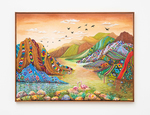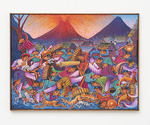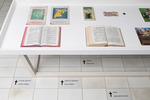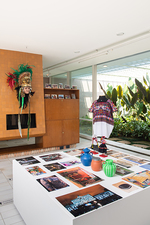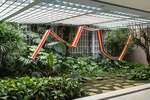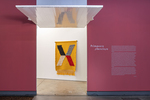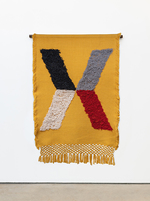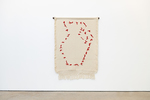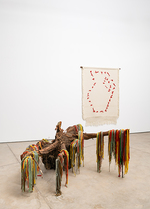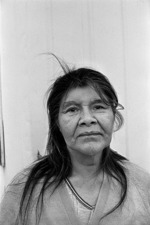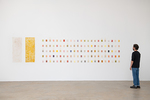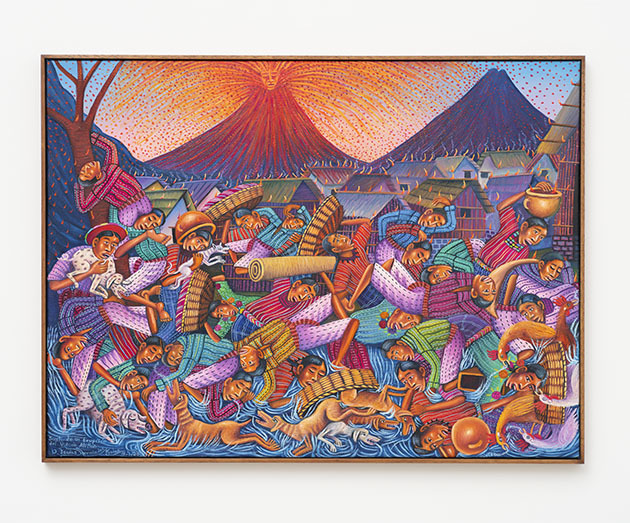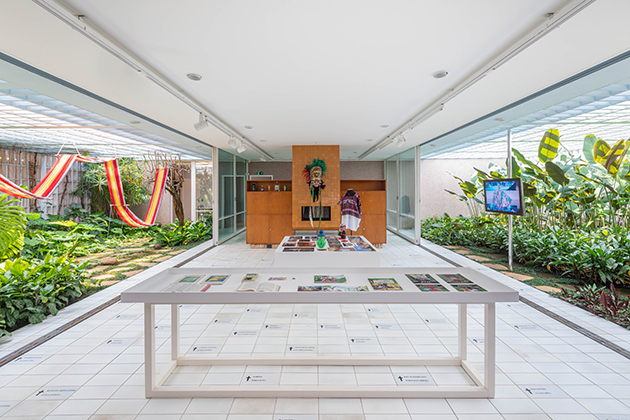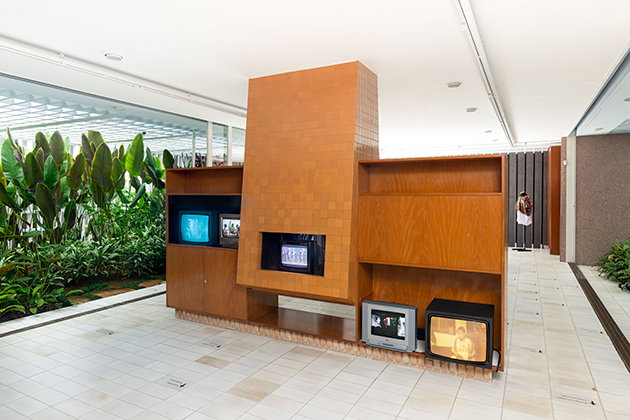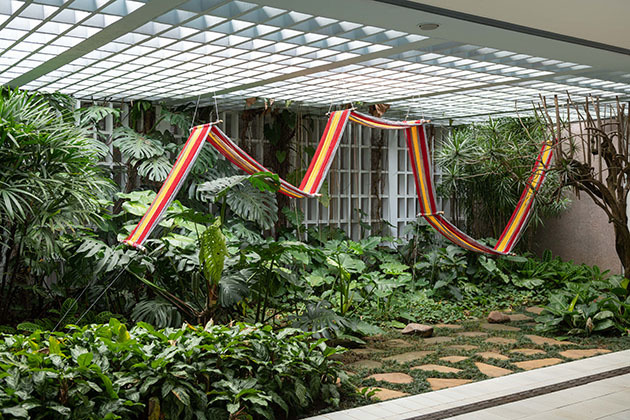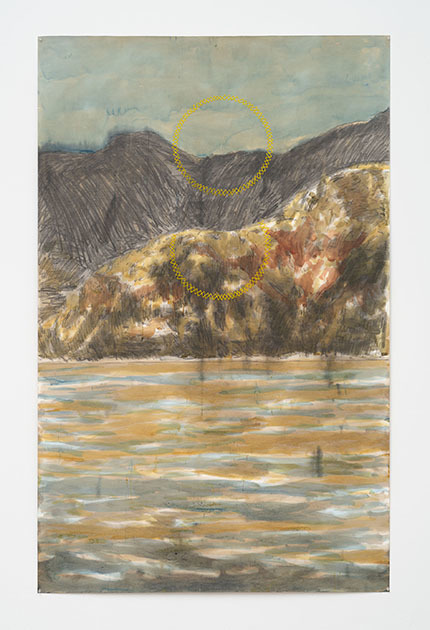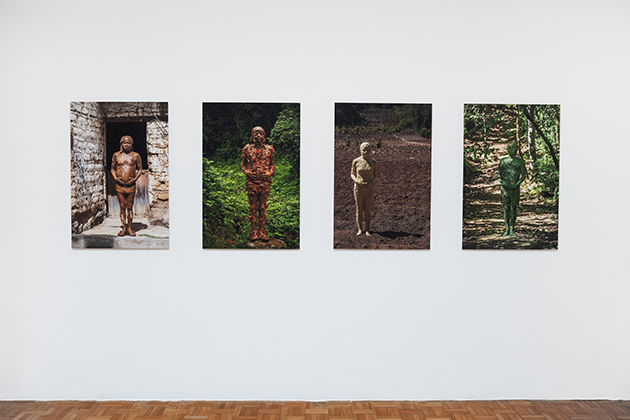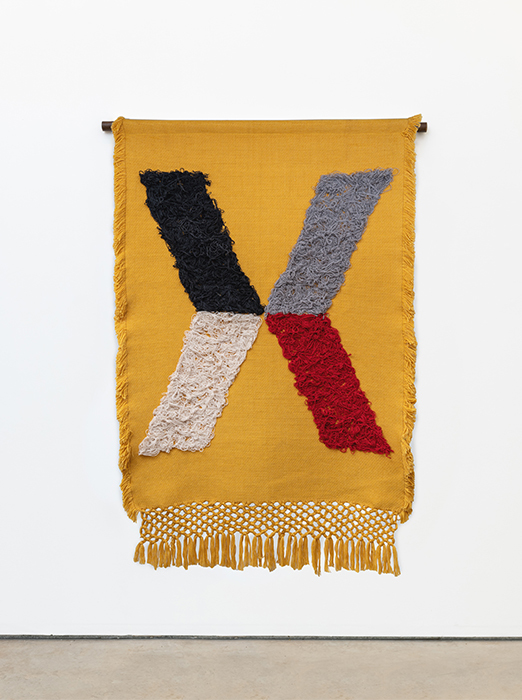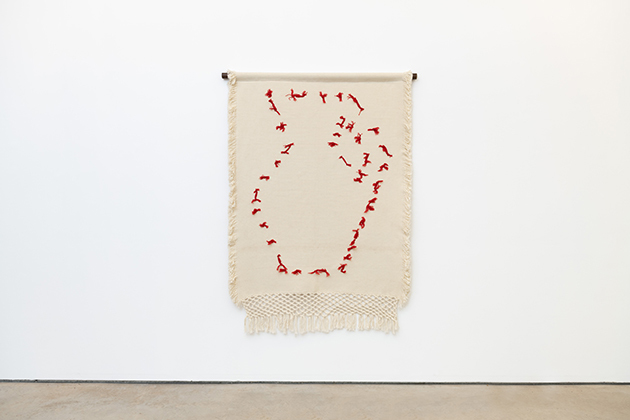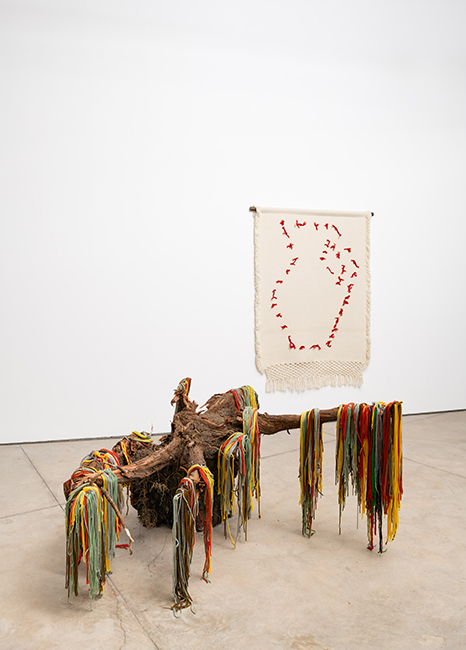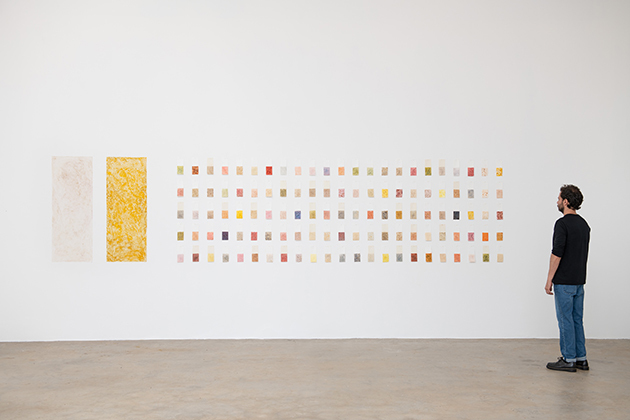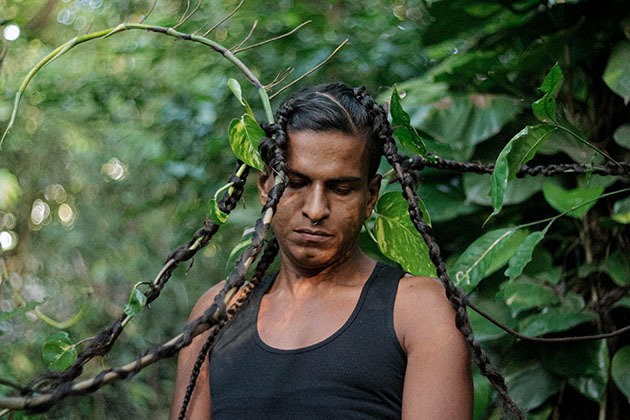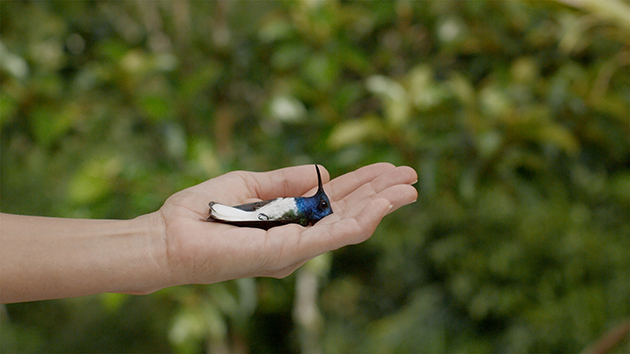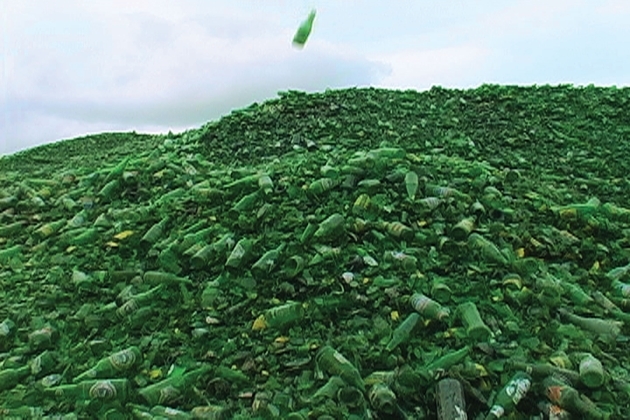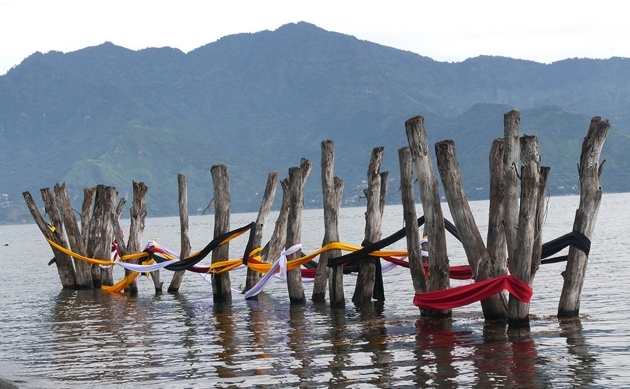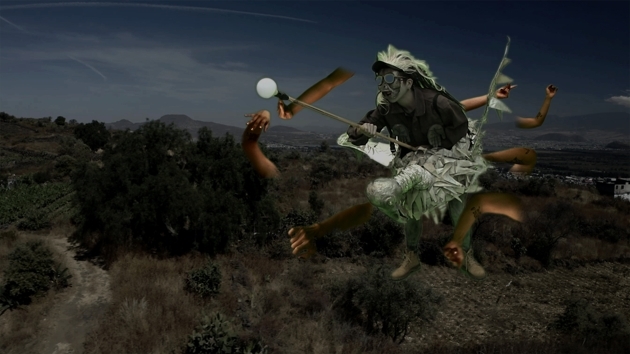Primavera Silenciosa
Adán Vallecillo | Ángel y Fernando Poyón | Antonio Pichillá | Benvenuto Chavajay | Diego Isaias Hernández | Donna Conlon | Héctor Zamora | Jonathan Harker | Manuel Chavajay | Marilyn Boror Bor | Naomi Rincón Gallardo | Paula Nicho | Paz Errázuriz | Rastros de Diógenes | Rochelle Costi | Tz’aqaat
Curated by Alexia Tala
Grounded in curatorial research focused on art produced by indigenous artists from Latin America, Primavera Silenciosa [Silent Spring] proposes a coexistence with other artistic expressions deeply rooted in traditions related to their places of origin. The creative poetic of the exhibition's artists celebrates plurality and a relationship with nature defined by careful listening, while also keeping space open for critical scrutiny. The works aim to strengthen our ways of seeing and living in the world, thereby encouraging a sustainable relationship with the environment. This connection is not new but ancestral, though it has often been silenced.
In 1962, Rachel Carson published the book Silent Spring, about the harmful effects of agrochemical pollution. Beyond her scientific studies, she created an allegory envisioning how social actions and behaviors affect the cycles of nature. Her book lends its title to this exhibition, which, informed by Carson's view, articulates three main guiding threads. The central thread explores the various ways artists discuss sacred matters, preservation, and regeneration amidst chaos and environmental disasters, while dreams become a way to see the invisible. Here, knowledge passed down orally from generation to generation finds expression in the practice of art. Due to the context of their experiences, these artists tend to create works with significant symbolic density, and their research reveals components of historical importance, as they record their ancestral roots and relationships with the environment. The second thread addresses questions concerning the exoticization, racialization, genocide, and silencing of indigenous peoples, who have endured efforts aimed at their extermination – and along with them, total erasure of their worldviews and knowledge, closely tied to nature. Finally, a third thread deals with the extractive pillaging of land, the privatization of water, disease, the accumulation and recycling of waste, and industrialization. These are consequences of the Capitalocene era that Andreas Malm aptly describes as "the geology not of humanity but of the accumulation of capital," flagging it as the main cause of the environmental crisis.
In conclusion, the exhibition beckons the viewer to reflect on the triggers that have led to this environmental turning point: the devastating Capitalocene and the racial extermination of indigenous communities. The exercises of reflection proposed by Primavera Silenciosa question the limits of this coexistence: if all of humanity had adopted the same respect for nature seen in indigenous cosmovisions, would we now be in this Anthropocene crisis? When we are able to hear, see, and feel the whole world more clearly, and can recognize the importance in every gesture, in every mark left by each being, do we see ourselves as just one among millions, each with a limited and nearly insignificant capacity for action? Or do we embrace our ability to make an impact through collective effort, fully acknowledging the power of our own actions of transformation?
opening: October 7th, from 12 pm to 5 pm
visitation: from 07/10/2023 to 20/12/2023
Mondays, from 10 am to 06 pm; Tuesday to Friday, from 10 am to 07 pm; Saturday, from 11 am to 05 pm
-
Luciana Brito Galeria
Avenida Nove de Julho 5162
São Paulo Brasil 55 11 3842 0634


